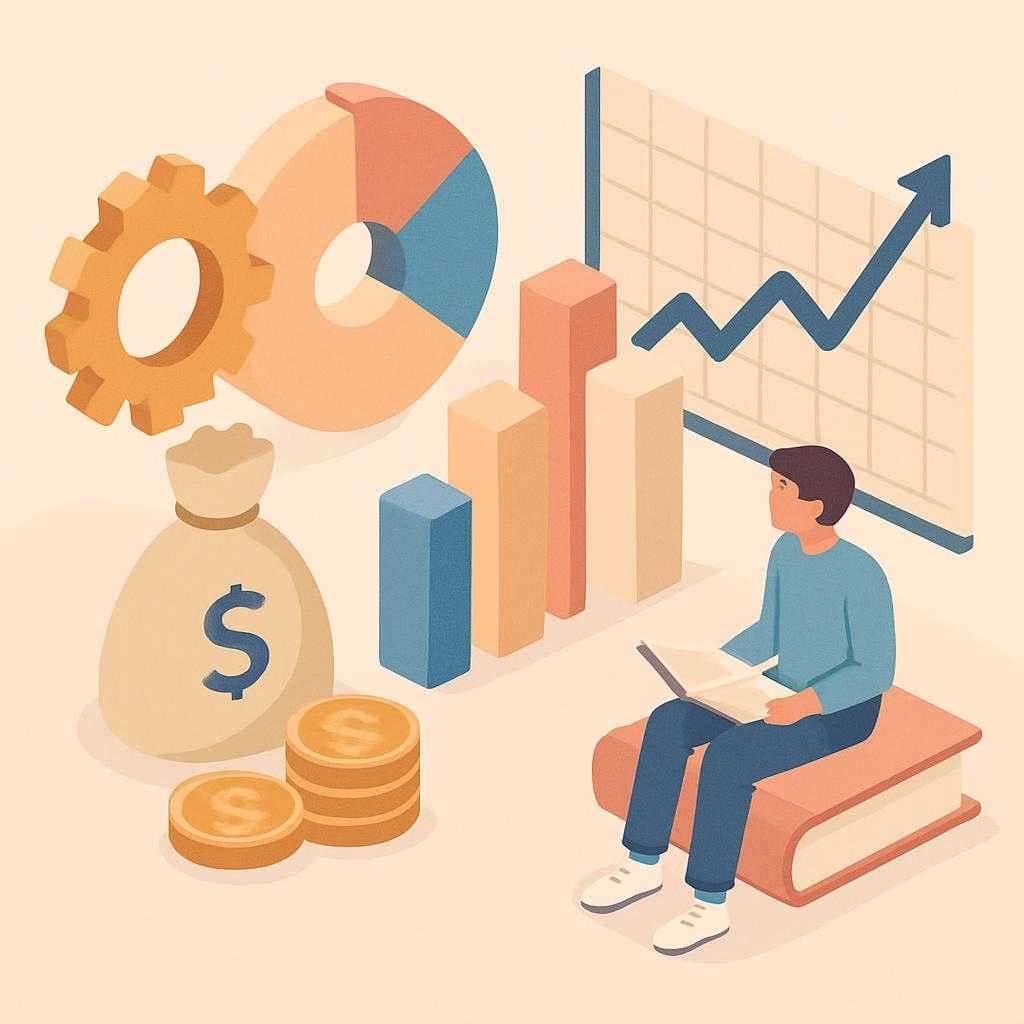Economic Models Unveiled: A New Perspective for AS-Level UK Students
Summary: Discover how understanding economic models can boost your AS-Level Economics performance. With insights tailored for AQA and Edexcel students, this guide offers fresh perspectives on mastering these essential tools.
Economics at AS-Level is a fascinating journey that uncovers the mechanisms driving economies. But to truly excel, students must grasp the intricacies of economic models. These models, often depicted as graphs or equations, are fundamental in explaining economic theories and real-world phenomena. Whether you're preparing for AQA or Edexcel exams, mastering these models can set you apart. Here’s how you can delve deeper into economic models and enhance your AS-Level performance.
Understanding the Role of Economic Models
Economic models simplify complex economic processes, making them easier to understand and analyze. For AS-Level students, models such as the supply and demand curve, the circular flow of income, and market structures are integral. These tools allow you to predict outcomes and test hypotheses, which are crucial skills for AQA and Edexcel exams.
Breaking Down Key Models
-
Supply and Demand Curves: These are the backbone of microeconomics. Understanding shifts and movements along these curves will help you analyze market changes. Practice drawing and interpreting these graphs, as they frequently appear in AQA and Edexcel papers.
-
Circular Flow of Income: This model illustrates the movement of money, goods, and services within an economy. By understanding the interactions between households, firms, and the government, you can better grasp macroeconomic concepts.
-
Market Structures: Familiarize yourself with different market structures—perfect competition, monopoly, oligopoly, and monopolistic competition. Each has distinct characteristics influencing pricing and output decisions, critical for both AQA and Edexcel exams.
Applying Models to Real-World Scenarios
To truly excel, connect these models with current economic events. For example, analyze how Brexit impacts UK's supply and demand or how global events influence the circular flow of income. This application not only reinforces your understanding but also impresses examiners with your ability to relate theory to practice.
Exam Strategies
In the exam, clarity and precision are key. Start by clearly labeling all axes and curves in your graphs. Use concise explanations to describe what the model demonstrates and its implications. For AQA and Edexcel exams, practice past papers to familiarize yourself with the format and types of questions asked.
Conclusion
By mastering economic models, AS-Level students can gain a robust understanding of both microeconomic and macroeconomic principles. Whether you're with AQA or Edexcel, these insights will not only aid in exams but also provide a solid foundation for future economic studies. Remember, practice and application are the keys to unlocking the full potential of economic models. Good luck!
